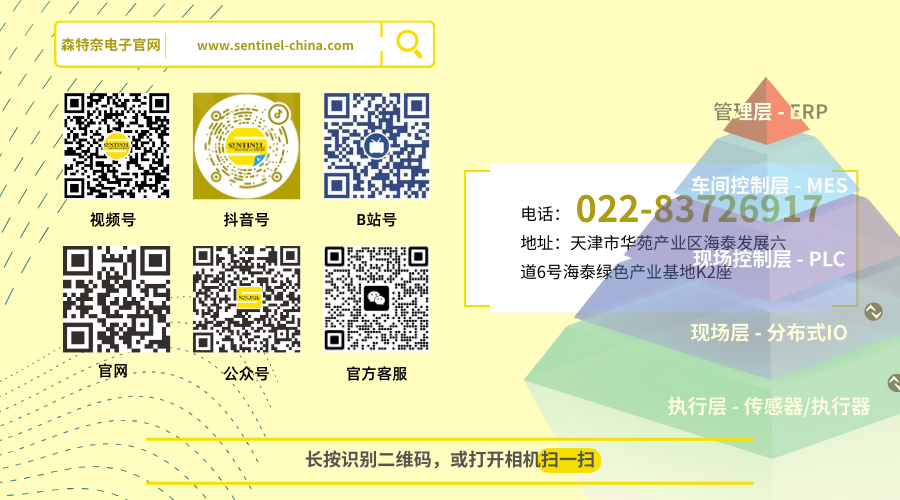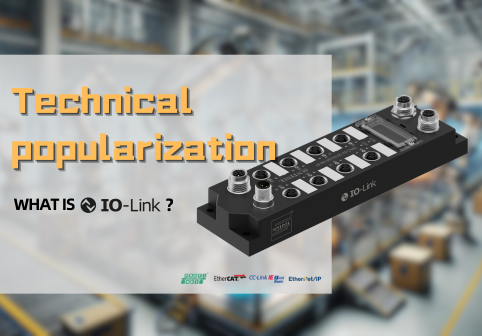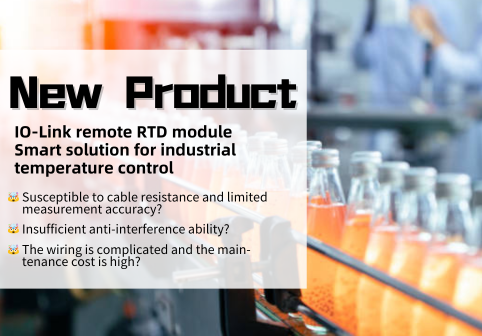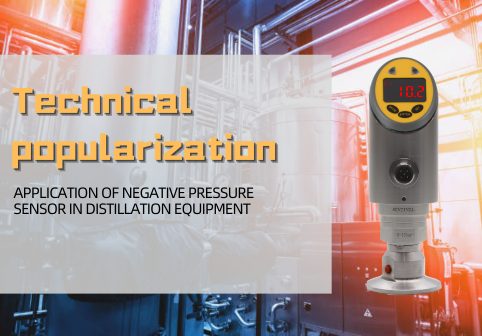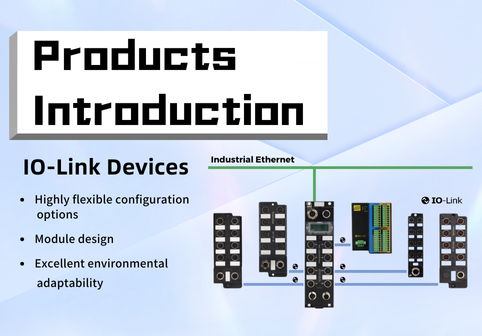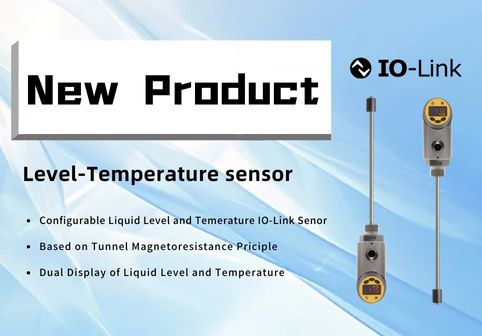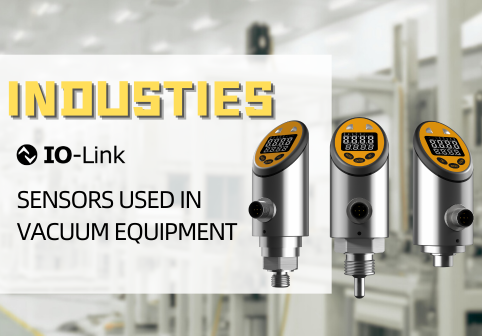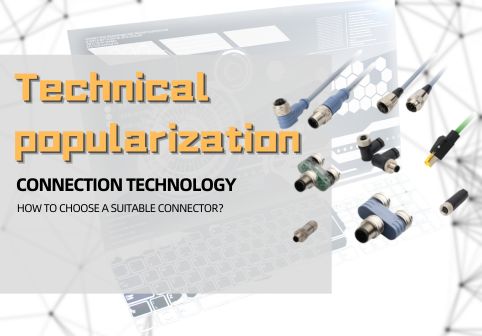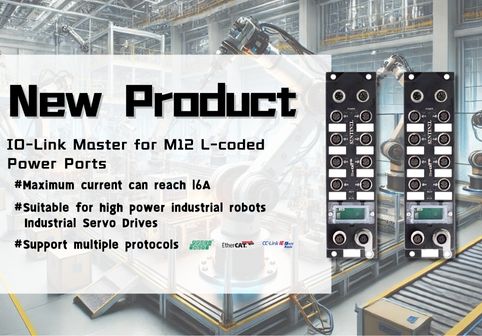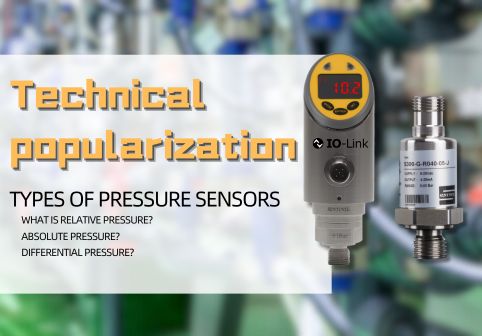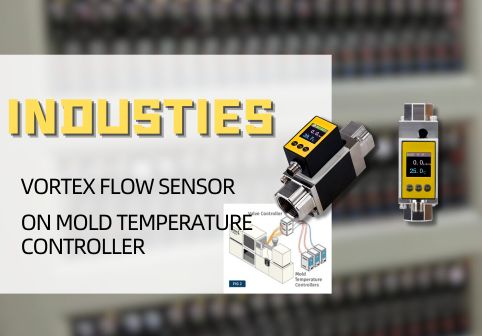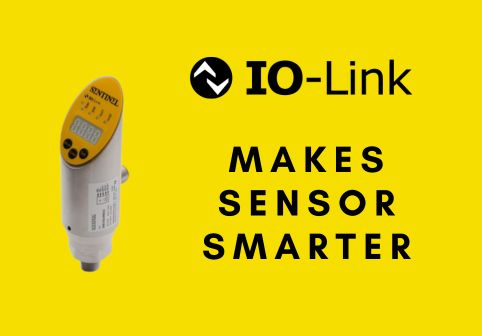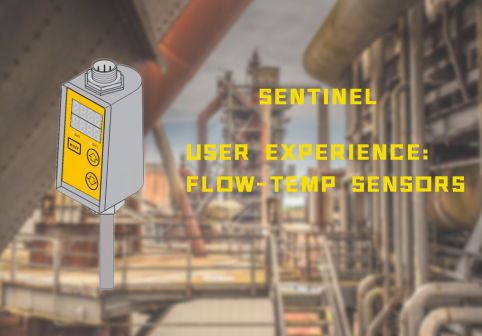Technical Documentation | Principles and Pros & Cons of Three Different Pressure Sensor Probes
The “Perceivers” in Everyday Industry: The Role of Pressure Sensors
In modern industry, pressure sensors act like the “sense of touch” for equipment. By measuring the pressure of liquids or gases, they transform an “invisible force” into “visible numbers.” This sensing capability is critical for ensuring the safe and stable operation of automated systems.
But did you know? Pressure sensors don’t rely on just one “eye” to observe the world. Depending on their measurement principles and internal structures, they feature various “probes,” such as ceramic capacitive, metal diaphragm, and piezoresistive types. Each probe is like a different pair of glasses—some excel at detecting fine details, some are highly resistant to impact, and others are compact and budget-friendly.
This article introduces three mainstream pressure sensor probe types, explaining their measurement principles, advantages, and disadvantages—helping you make better choices in practical applications or equipment selection.
Three Mainstream Pressure Probe Principles—How Many Have You Heard Of?
Ceramic Capacitive: The Corrosion-Resistant, High-Stability “Engineering PhD”
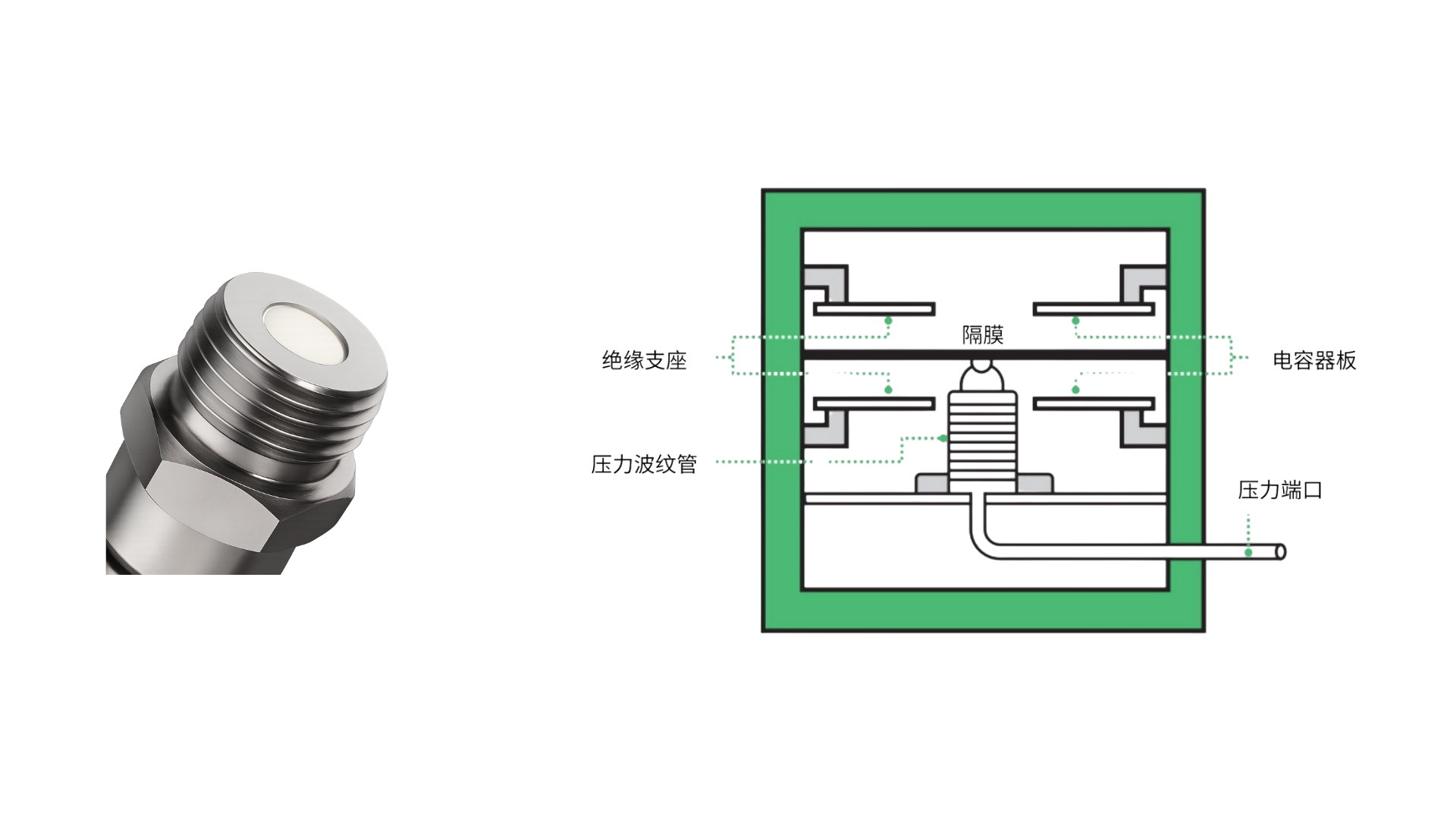
The ceramic capacitive probe uses changes in capacitance to detect pressure. At its core is a “sandwich” ceramic diaphragm. When pressure is applied, the diaphragm deforms, changing the capacitance, which is then converted into a pressure reading.
Advantages:
- High long-term stability, less affected by temperature or time
- Strong corrosion resistance, suitable for chemical, food, and other high-hygiene industries
- Rigid material, highly resistant to medium penetration or metal fatigue
Disadvantages:
- Slightly higher cost
- Sensitive to mechanical shocks, requires careful handling during installation
The ceramic capacitive type is like a “steady, hardworking top student,” capable of long-term duty in complex environments without “falling ill.”
Metal Diaphragm (Strain Gauge): The High-Pressure “Fitness Enthusiast”

The metal diaphragm probe works by attaching strain gauges to the diaphragm. When pressure deforms the diaphragm, the strain gauge’s resistance changes, allowing the pressure to be measured.
Advantages:
- Can withstand high pressures (up to 600 kg)
- Fast response time, compact size, suitable for tight spaces
- Welded structure reduces sealing parts, improving reliability
Disadvantages:
- Material fatigue may occur over long-term use, slightly less stable than ceramic
- Poor corrosion resistance against aggressive fluids
This type is like a “gym addict”—strong and able to bear high loads, but not well-suited to resisting the “slow erosion” of chemical corrosion.
Piezoresistive: The Budget-Friendly Compact Choice
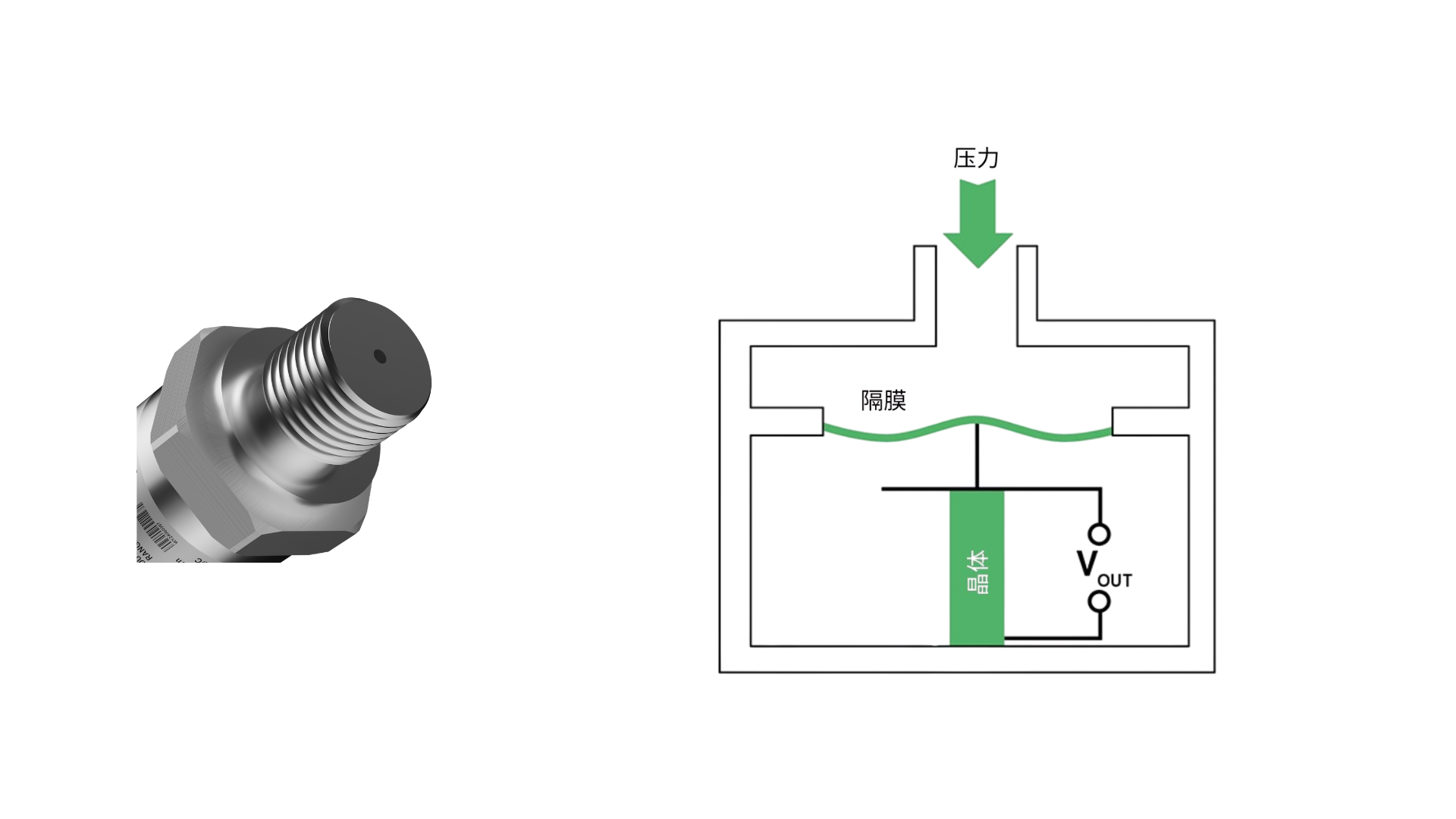
The piezoresistive probe uses semiconductor components. Pressure changes the resistance of these components, and the circuit processes this into an output signal.
Advantages:
- Low cost and high cost-effectiveness
- Small size, easy to integrate into various devices
- Especially suitable for lightweight applications like air pressure measurement
Disadvantages:
- Sensitive to temperature variations and easily affected by interference
- Poor corrosion resistance, unsuitable for aggressive media
You can think of this as a “practical, down-to-earth player.” While it can’t endure as much as a metal diaphragm or match the ceramic’s stability, it’s still reliable and economical for air pressure sensing and compact devices.
How to Choose? One Chart Summarizes the Applications of the Three Probes
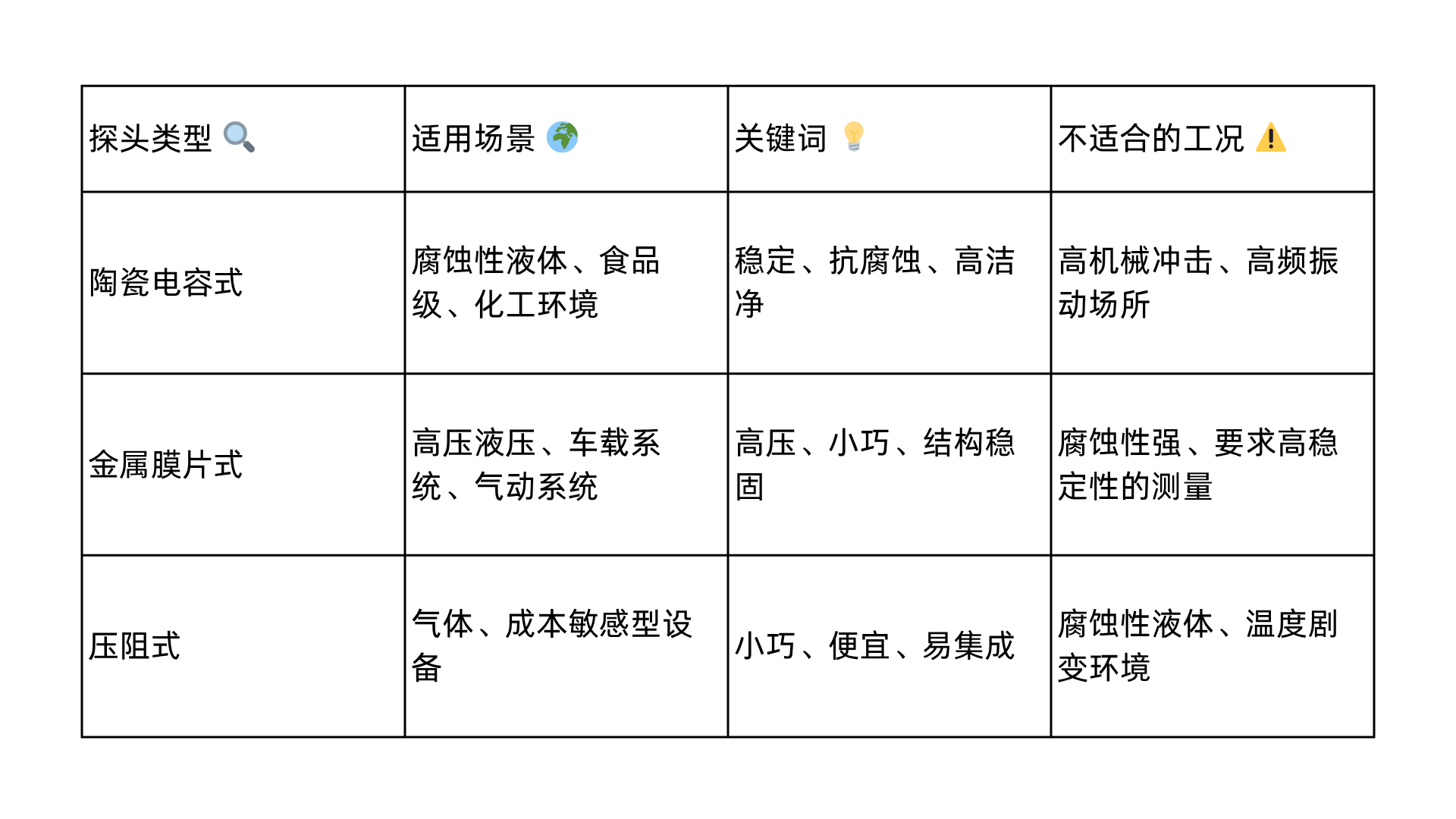
Conclusion: Understanding the “Eyes” that See Pressure Makes Systems Safer
Pressure sensors are like the “eyes” of industrial systems. Different probe principles offer different adaptability. Knowing their strengths and weaknesses not only helps you select the right product but also prevents mistakes during operation.
Choosing the right probe is like picking the perfect pair of glasses for your equipment—clear vision, steady focus, and long-lasting performance. That’s the true value of industrial sensors.
Customer Support and Service
For more information about SENTINEL products, please contact our sales team or call +86-22-83726972. You can also visit our official website at www.sentinel-china.com, which offers complete product details, selection guides, CAD and Eplan files, as well as configuration files and tutorials—ensuring easy access to all the information you need.
We have a professional technical team ready to provide customized customer support and efficient after-sales service, ensuring every user’s interests are maximized.
